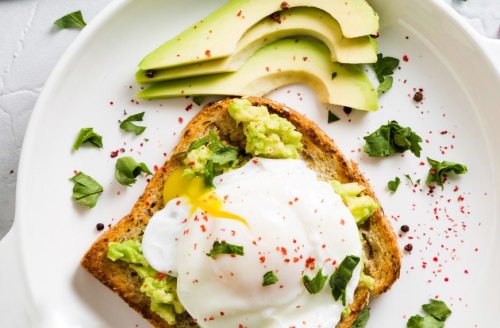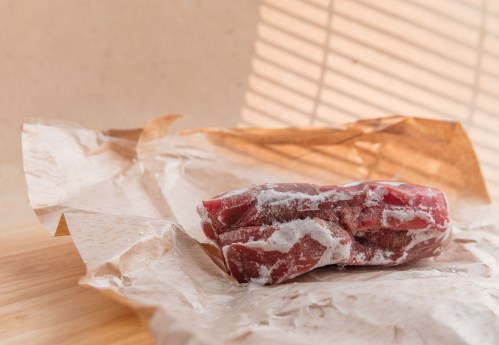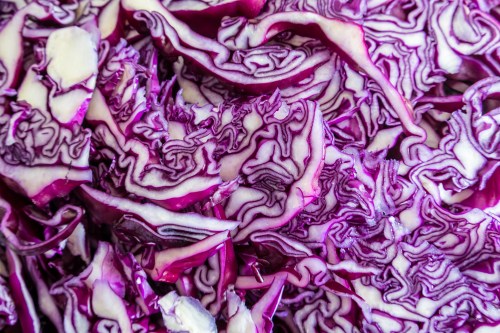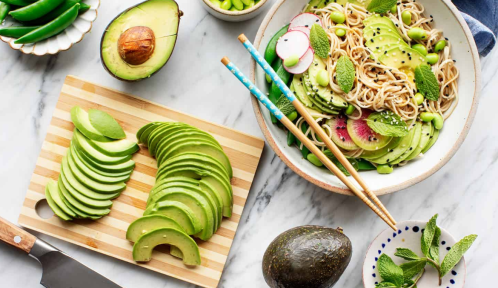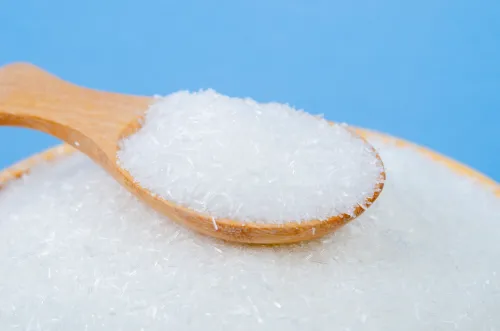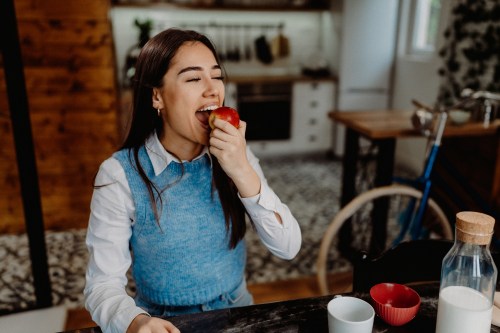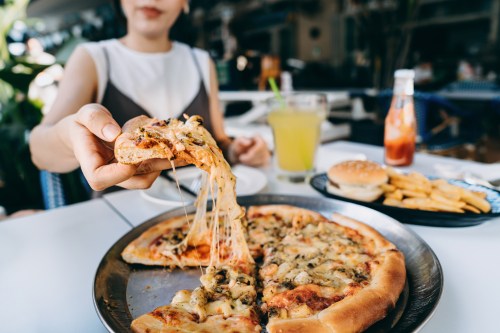Our editors independently select these products. Making a purchase through our links may earn Well+Good a commission
Whether plopped on top of your avocado toast or paired with a roasted sweet potato, a poached egg is a delicious way to add some protein to your brekkie. But it’s also one of the more intimidating stovetop techniques. Scrambled? No problem. Over easy? Sure. But poached? To master that method you’d better have a degree in culinary arts, right?
Not so, says Nick Korbee. The chef at the perennially-mobbed New York City brunch spot Egg Shop has spent hours in the kitchen refining the process. He landed on a five-step plan to perfectly poach your eggs every single time. With this easy-to-follow method, you’ll never wind up with a messy, undercooked toast-topper ever again.
How to poach an egg, according to chef Nick Korbee
1. Get the water temperature right
First heat up some water on the stove, keeping the temperature between 175 and 180 degrees Fahrenheit. “You should be able to see tiny champagne-like bubbles,” he says.
2. Add some acid
If you need further proof apple cider vinegar truly does it all, this is it. “Two tablespoons of vinegar, lemon juice, or ACV all work,” he says. “Just don’t use one that’s too colorful—like red wine vinegar—or it will make your eggs look weird.” Once you land on your add-in, mix it into your almost-boiling water.
3. Crack the egg
Next comes the egg. For the best results, make sure they’re fresh and be gentle. “The idea is that the closer to the surface you can release your egg into simmering water, the better,” Korbee says. If you go for a dramatic drop, he adds, “the whites will immediately separate and gravity will rip it apart.” Korbee likes to get his fingers as close to the surface as possible and forgoes using a cup or extra tools to assist in the cracking.
4. Test it
Korbee says that this is the most crucial part of the whole poaching process. In order to tell when your egg is ready, raise it gently out of the water. “You can test it by wiggling to see if it’s set to your liking,” he says. “And whatever you do, please don’t cook the yolk!”
5. Scoop it out
Once it’s passed the jiggle test, carefully scoop out your poached egg from the water and serve.
Now that you’ve perfected poaching, try Korbee’s go-to recipe
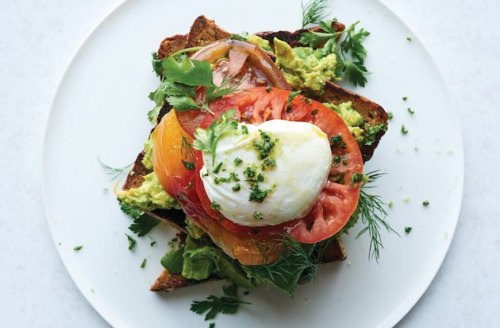
Smashed avocado and poached egg
Makes 1 sandwich
Ingredients
1 avocadoJuice of 2 lemons, plus 1 lemon wedge1 tsp kosher salt
2 sliced multigrain bread, toasted3 slices heirloom tomato1 poached egg1 tsp olive oil
1/4 tsp fresh lemon zestFresh mixed herbs of your choice (suggested: parsley and dill)
1. Halve, pit, and peel the avocado.
2. In a large bowl, use a fork to mash the avocado. Remember, you aren’t making guacamole—the smash should have some funky chunk to it, with some smooth parts, some baby bits, and a few big mama bits.
3. Add the lemon juice and salt. (This will last for about two days in an airtight container, with plastic wrap pressed onto the surface of the smash to prevent oxidation. Press down to eliminate any air pockets that might also cause the pesky brown spots.)
4. Spread avo smash on both pieces of toast. Cut one slice in diagonally in half and top the other with tomato slices and the poached egg.
5. To serve, slightly separate the halved avo toast and place the other half with the tomato and poached egg on top. Finish the toasts with the herb salt, lemon oil, and a squeeze of lemon juice. Top with a little fresh herb salad.
Originally published February 17, 2017; updated March 25, 2019.
Congrats! You’re an expert in egg poaching. Now, use this hack to make roasted veggies without oil and learn how to cut an avocado perfectly. You’ll be a kitchen master in no time.
Sign Up for Our Daily Newsletter
Get all the latest in wellness, trends, food, fitness, beauty, and more delivered right to your inbox.
Got it, you've been added to our email list.
